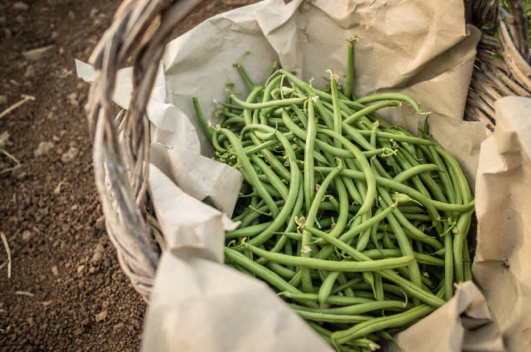Lean and Green: What’s in a Bean?
go.ncsu.edu/readext?689995
en Español / em Português
El inglés es el idioma de control de esta página. En la medida en que haya algún conflicto entre la traducción al inglés y la traducción, el inglés prevalece.
Al hacer clic en el enlace de traducción se activa un servicio de traducción gratuito para convertir la página al español. Al igual que con cualquier traducción por Internet, la conversión no es sensible al contexto y puede que no traduzca el texto en su significado original. NC State Extension no garantiza la exactitud del texto traducido. Por favor, tenga en cuenta que algunas aplicaciones y/o servicios pueden no funcionar como se espera cuando se traducen.
Português
Inglês é o idioma de controle desta página. Na medida que haja algum conflito entre o texto original em Inglês e a tradução, o Inglês prevalece.
Ao clicar no link de tradução, um serviço gratuito de tradução será ativado para converter a página para o Português. Como em qualquer tradução pela internet, a conversão não é sensivel ao contexto e pode não ocorrer a tradução para o significado orginal. O serviço de Extensão da Carolina do Norte (NC State Extension) não garante a exatidão do texto traduzido. Por favor, observe que algumas funções ou serviços podem não funcionar como esperado após a tradução.
English
English is the controlling language of this page. To the extent there is any conflict between the English text and the translation, English controls.
Clicking on the translation link activates a free translation service to convert the page to Spanish. As with any Internet translation, the conversion is not context-sensitive and may not translate the text to its original meaning. NC State Extension does not guarantee the accuracy of the translated text. Please note that some applications and/or services may not function as expected when translated.
Collapse ▲Growing up, we called green beans, string beans, they are one in the same. This nutritious and delicious food is one of the first foods that we feed our children, whether from the jar or fresh made and pureed. These beans can be planted both fall and spring, however, spring, yields the largest quantity.
Green beans are low in calories, saturated fat, cholesterol, and sodium. They also contain B vitamins, Vitamin A, C, and K, as well as, folate and manganese. These mighty beans are also a good source of iron, calcium, magnesium, copper, and potassium.
When preparing your green beans, use healthy cooking methods. Season with low fat, low sodium seasoning. Do not overcook. Enjoy the fresh crispness of this incredible food. Green beans can also be preserved through canning, freezing, and dehydrating. To learn more about gardening and preserving green beans, visit our website and “Meet Our Staff” for agent contact information.





